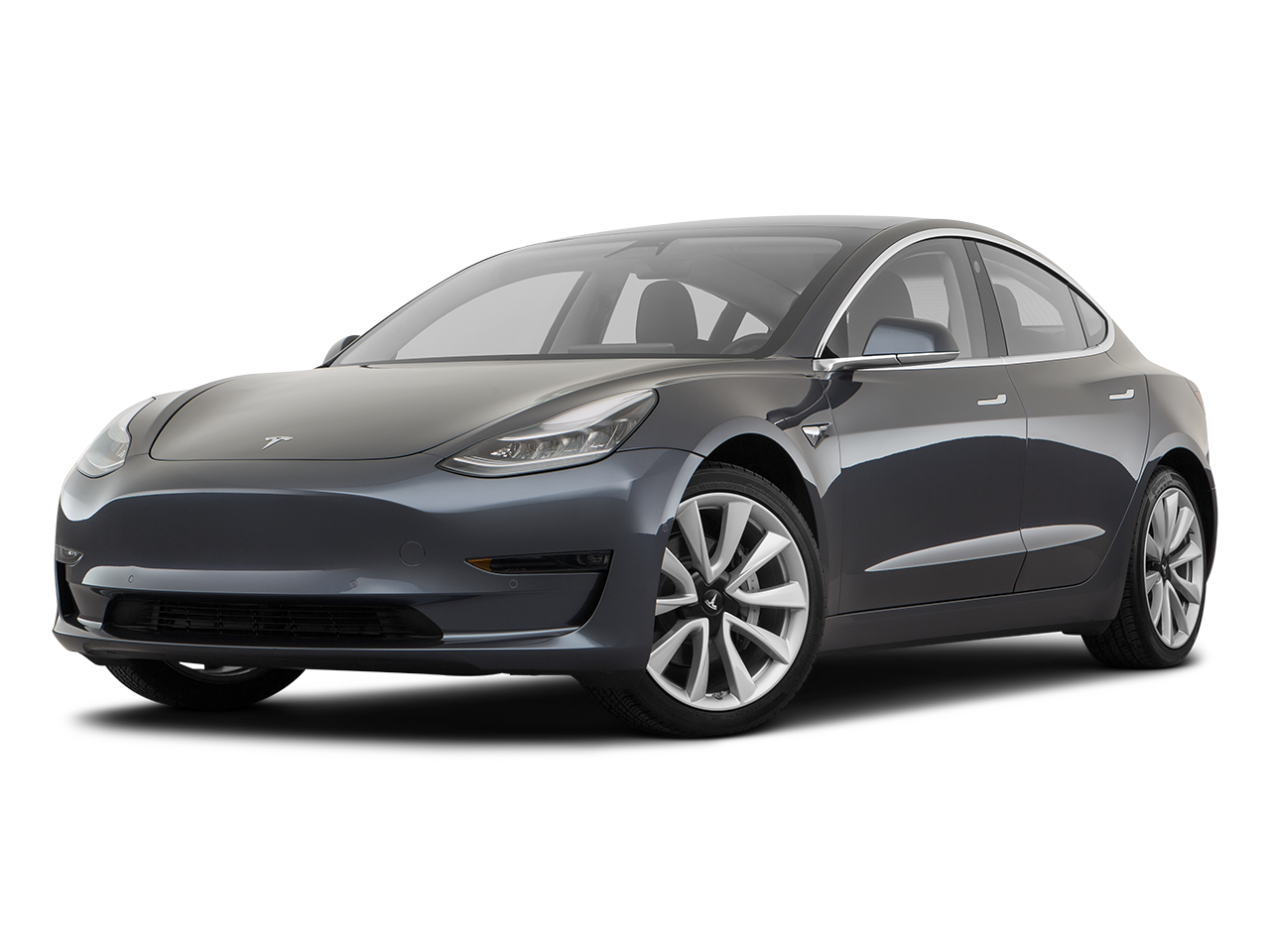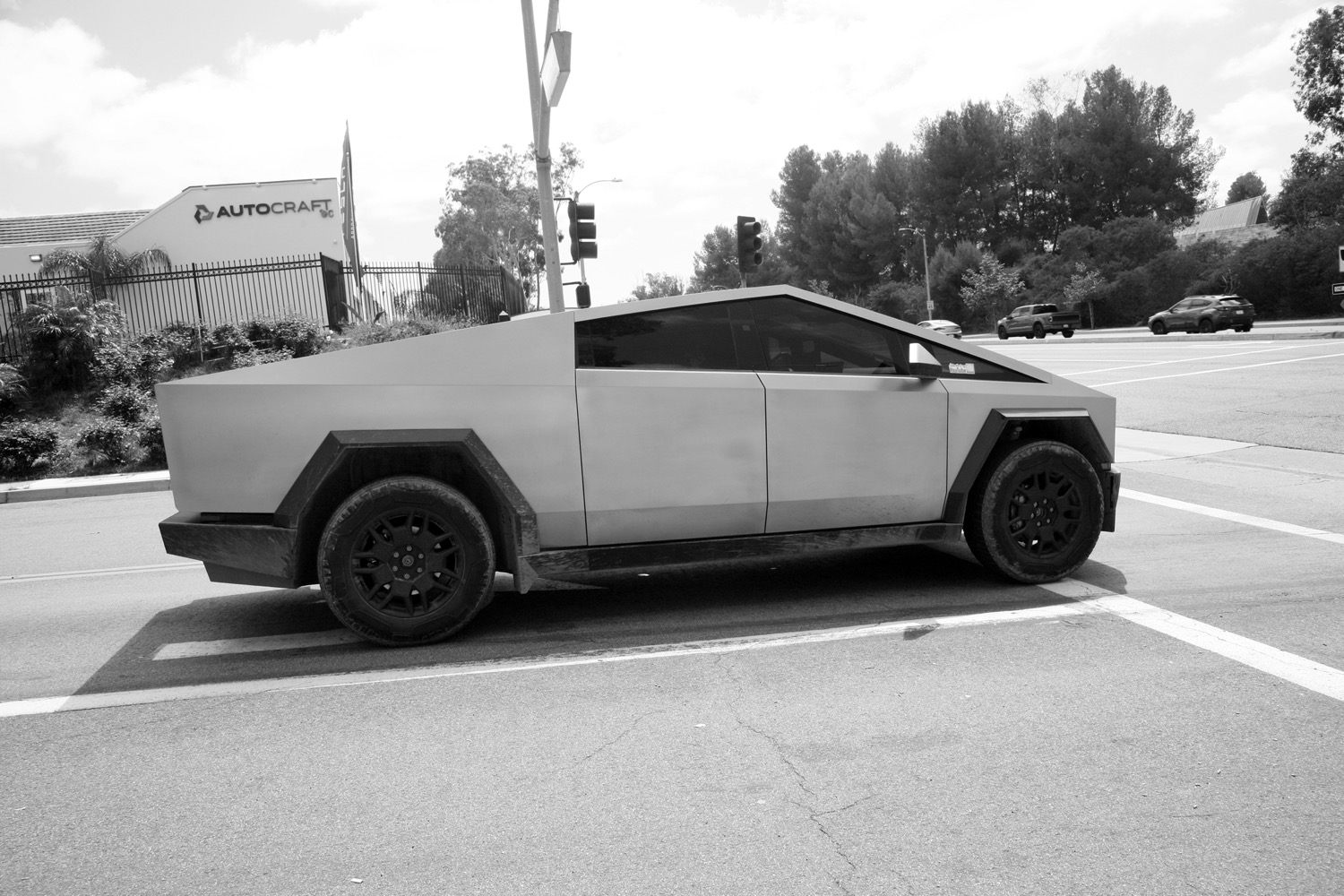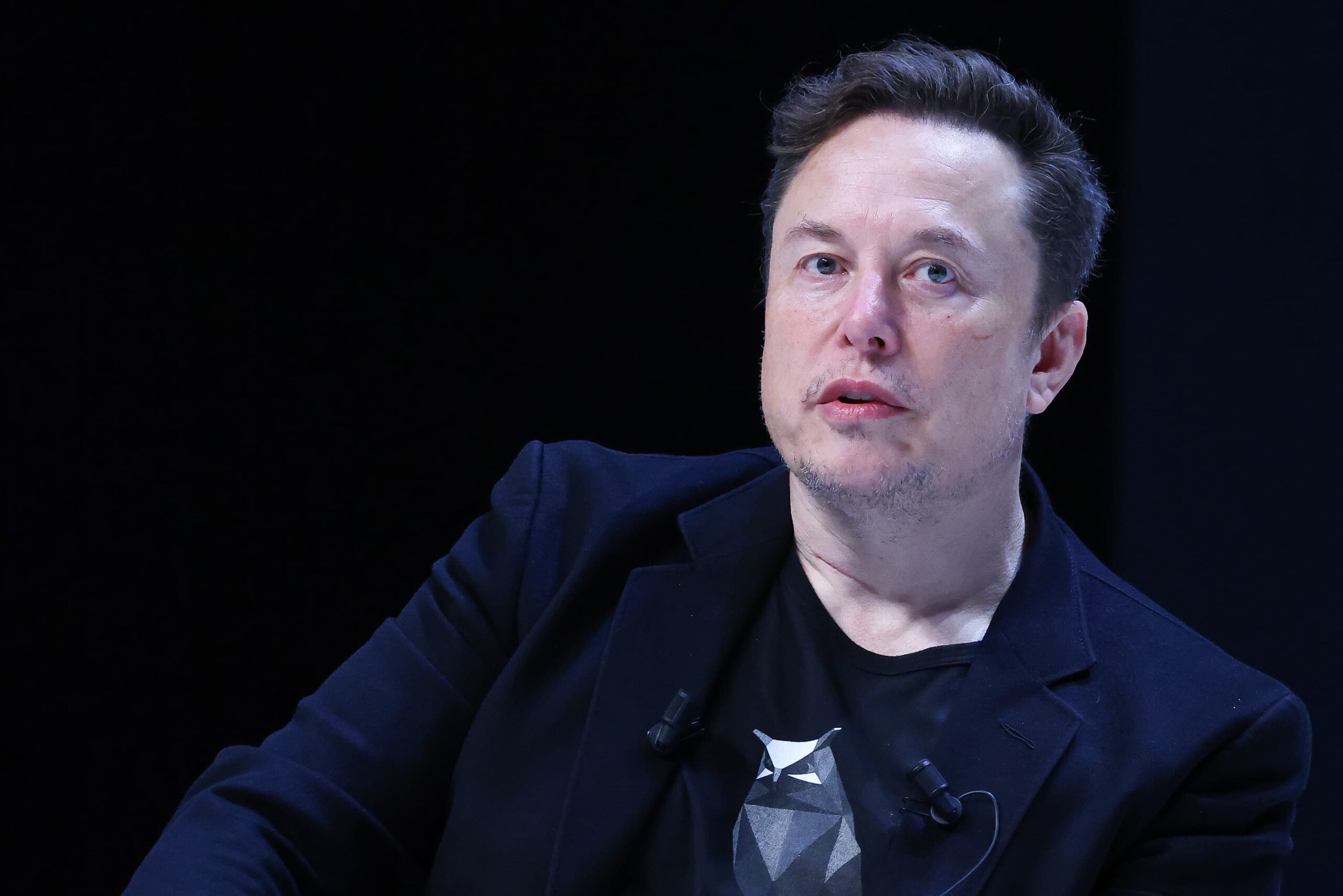Elon Musk has boldly declared war on traditional ride-hailing services like Uber and Waymo, promising a future where Tesla robotaxis reign supreme. This ambitious vision hinges on Tesla’s Full Self-Driving (FSD) technology, which Musk claims will soon power a fleet of autonomous vehicles, offering cheaper and faster rides than anything currently available. But can Tesla deliver on this promise, and what will the impact be on the future of transportation?
The Rise of Robotaxis: A New Era of Transportation
The concept of robotaxis has been simmering for years, with companies like Waymo and Cruise conducting extensive testing and limited deployments in select cities. However, these services remain expensive and geographically restricted, hindering widespread adoption.
Enter Tesla, with its massive fleet of FSD-capable vehicles and a CEO known for his audacious goals. Musk envisions a future where Tesla owners can add their cars to a robotaxi network, generating income while they’re not in use. This approach, he argues, will drastically reduce the cost of ride-hailing, making it more accessible to the masses.
But how exactly will Tesla robotaxis be cheaper and faster?
- Lower Operating Costs: By eliminating the need for human drivers, Tesla can significantly reduce labor costs, which are a major expense for companies like Uber and Lyft. This cost saving can then be passed on to consumers in the form of lower fares.
- Increased Efficiency: Tesla’s autonomous driving technology promises to optimize routes and reduce traffic congestion through coordinated driving, leading to faster arrival times. Additionally, the elimination of human error could further improve efficiency and reduce delays.
- Scalability: Tesla’s existing fleet of FSD-capable vehicles provides a ready-made platform for deploying robotaxis at scale. As FSD technology improves and regulations evolve, Tesla could rapidly expand its robotaxi network, potentially outpacing competitors.
Tesla’s Advantages: Data is King
One of Tesla’s key advantages in the race to develop robotaxis is its vast trove of real-world driving data. With millions of Tesla vehicles on the road equipped with cameras and sensors, the company is collecting an unparalleled amount of information about driving conditions, driver behavior, and road infrastructure. This data is fed into Tesla’s neural networks, allowing the company to continuously refine its FSD algorithms and improve the performance of its autonomous driving system.
In contrast, companies like Waymo rely heavily on simulated driving environments and limited real-world testing. While these methods have their merits, they cannot fully replicate the complexity and unpredictability of real-world driving scenarios. Tesla’s data-driven approach gives it a significant edge in developing a robust and reliable autonomous driving system capable of navigating the challenges of the real world.
Challenges and Roadblocks: Safety, Regulations, and Public Perception
Despite Tesla’s ambitious plans and technological advantages, the road to robotaxi domination is paved with challenges.
- Safety First: Ensuring the safety of passengers and other road users is paramount. While Tesla’s FSD technology has made significant progress, it is still under development and has been involved in several high-profile accidents. Public trust in autonomous vehicles will depend on demonstrating a consistently high level of safety.
- Regulatory Hurdles: The regulatory landscape for autonomous vehicles is complex and evolving. Different jurisdictions have varying rules and regulations regarding the testing and deployment of self-driving cars. Navigating this patchwork of regulations will be crucial for Tesla’s robotaxi ambitions.
- Public Acceptance: Overcoming public apprehension about riding in driverless vehicles will be another challenge. Concerns about safety, job displacement, and the potential for technology failures need to be addressed through public education and transparent communication.
The Road Ahead: A Long and Winding Journey
The development and deployment of robotaxis is a marathon, not a sprint. Tesla’s journey will be filled with twists and turns, setbacks and breakthroughs. While the company has a clear vision and significant advantages, it’s crucial to remain realistic about the challenges ahead.
Here are some key factors that will shape the future of Tesla robotaxis:
- Continued improvement of FSD technology: Tesla needs to demonstrate that its FSD system is safe, reliable, and capable of handling complex driving scenarios in diverse environments.
- Regulatory clarity and support: Clear and consistent regulations are essential for the widespread adoption of autonomous vehicles. Collaboration between industry and government will be crucial.
- Public engagement and education: Building public trust in autonomous technology will require transparency, education, and open dialogue.
- Addressing ethical and societal concerns: The impact of robotaxis on employment, data privacy, and social equity needs to be carefully considered and addressed.Tesla’s robotaxi ambitions represent a bold vision for the future of transportation. While the path to realizing this vision is fraught with challenges, the potential rewards are immense. If Tesla can successfully navigate the technological, regulatory, and societal hurdles, its robotaxis could revolutionize the way we move, offering a cheaper, faster, and more accessible transportation solution for all.
The race to deploy robotaxis is heating up, and Tesla is undoubtedly a frontrunner. But the ultimate winner will be the company that can deliver on its promises while prioritizing safety, responsibility, and the needs of the public. The future of transportation is autonomous, and it’s closer than you think.





